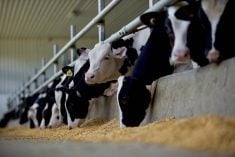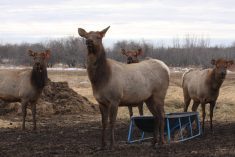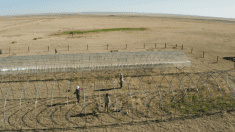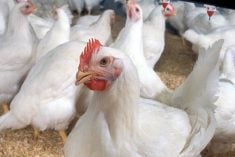CHICAGO, Dec 20 (Reuters) – Chicago Mercantile Exchange’s feeder cattle sank on Wednesday to a four-month low, hit by a selloff in live cattle futures as well as expectations for increased supplies, said traders.
“You’ve got this cattle report coming out on Friday, and everybody says placement numbers are going to be up,” said JRS Consulting owner Jack Salzsieder.
Analysts, on average, expect Friday’s monthly Cattle-On-Feed report from the U.S. Department of Agriculture (USDA) to show a 5.7 percent bump in the number of cattle placed in feedlots last month in than November 2016.
Read Also
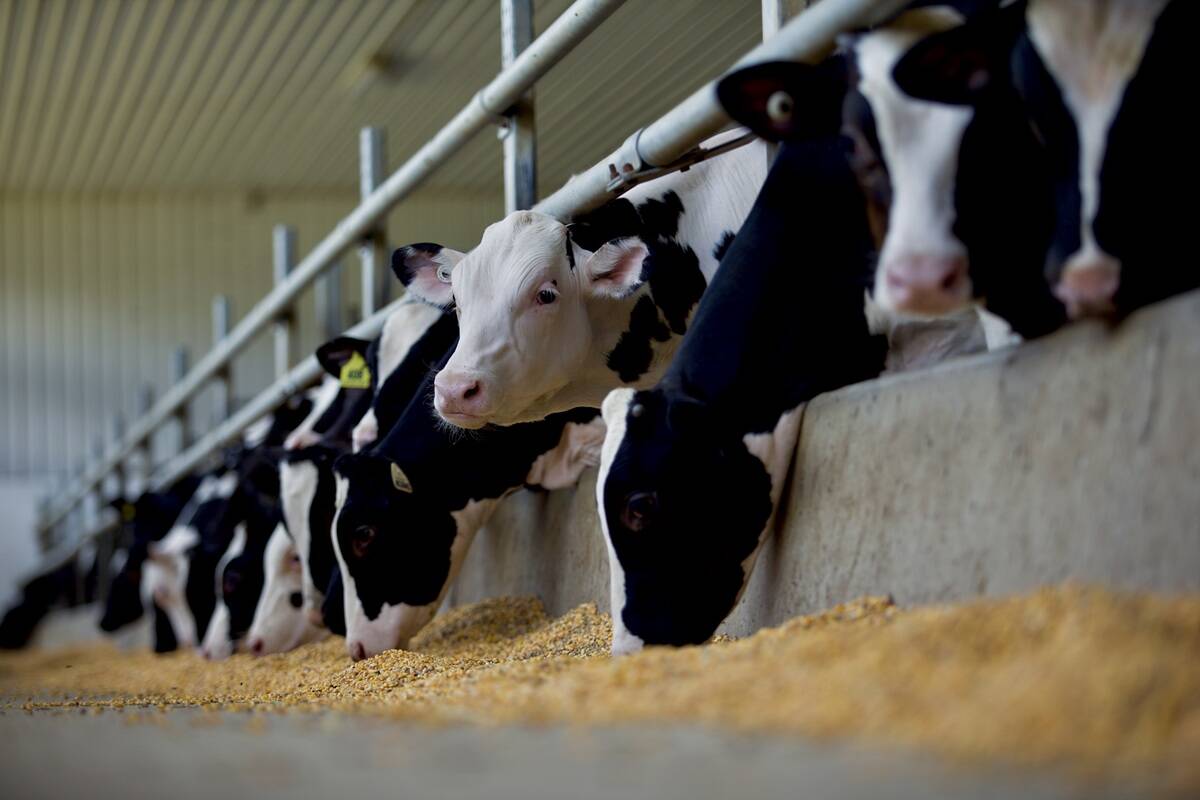
Confusion cleared on Canadian calf import changes
A Canadian Food Inspection Agency (CFIA) announcement on import regulations for feeder calves caused some confusion on the administrative side of Canada’s cattle industry earlier this month
January feeder cattle closed 3.425 cents per pound lower at 141.775 cents.
Fund liquidation and positioning before Friday’s USDA cattle report weighed on CME live cattle futures, traders said.
Cash prices traded generally steady on Wednesday, limiting losses in December futures.
December live cattle finished down 0.600 cent per pound to 119.400 cents, and below the 40-day moving average of 119.850 cents. February ended 1.500 cents lower at 118.950 cents, and below the 10-day moving average of 119.248 cents.
A few animals at Wednesday’s Fed Cattle Exchange brought $120 per cwt, up $4 from last week’s light trade there.
Packers in the U.S. Plains paid mostly $120 per cwt for slaughter-ready, or cash, which is consistent with mainly $120 sales last week, according to feedlot sources.
Tight supplies in parts of the country underpinned cash prices, but some processors avoided paying more than they had to because of seasonally slack beef demand.
Overall meat demand this time of year typically takes a back seat to Christmas celebrations and shoppers paying off year-end holiday debt later on, analysts and traders said.
Firmer cash hog and wholesale pork prices rallied CME hogs from recent lows, said traders.
Short-covering and technical buying gave hog futures an added lift, they said.
Investors awaited Friday’s USDA quarterly hog report that is expected to show further herd expansion.
February hogs finished 1.475 cents per pound to 68.375 cents, and April closed 1.275 cents higher at 72.950 cents.
Both contracts settled above their respective 10-day moving average of 67.673 and 72.212 cents.
Four new plants this year forced packers to compete for hogs when they usually pay farmers a lot less for them before plants close for the winter holidays, a Midwest hog dealer said.
He said week-over-week lighter animal weights suggest farmers are quickly moving pigs to market, which could result in fewer of them later – a positive for cash prices.


